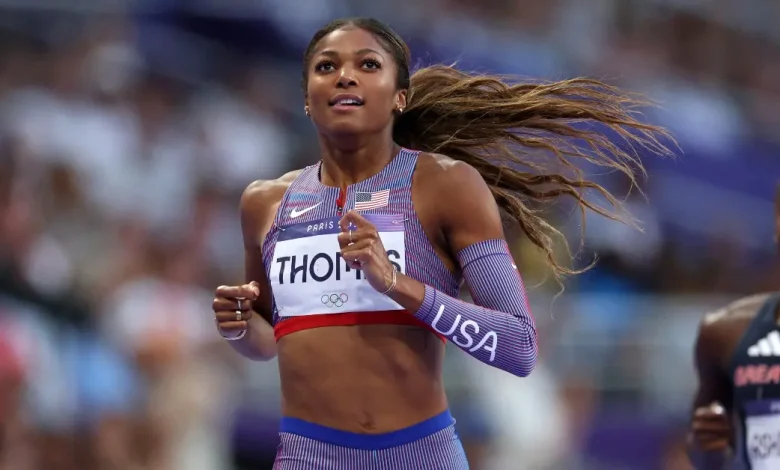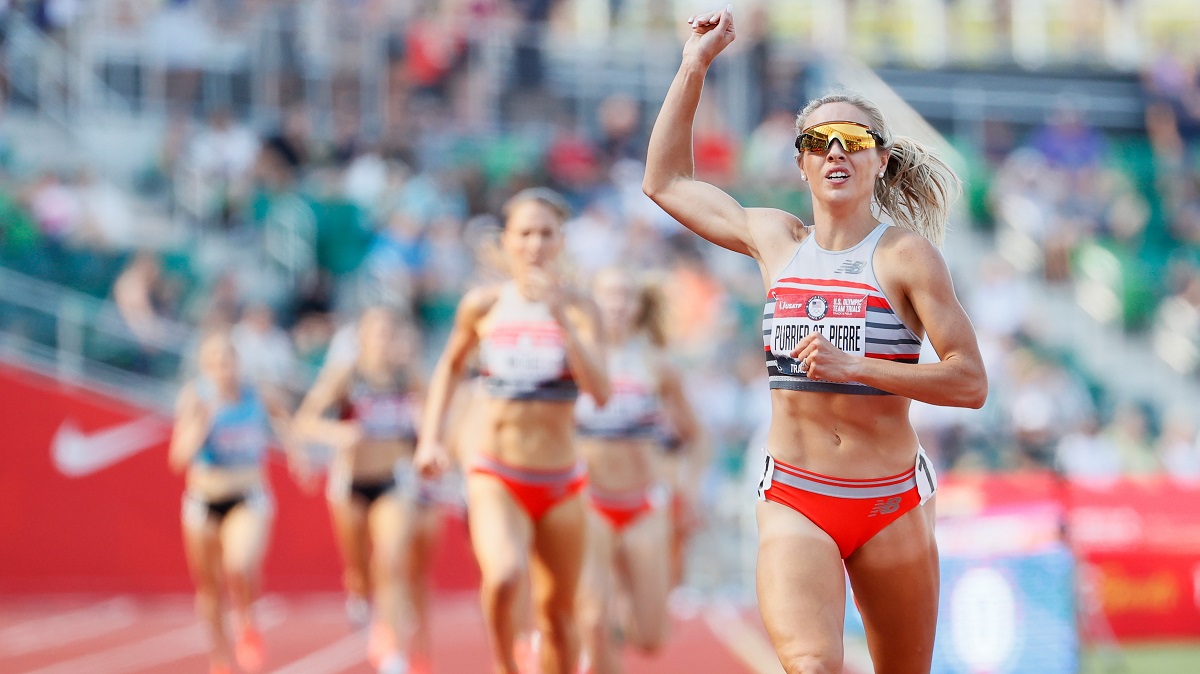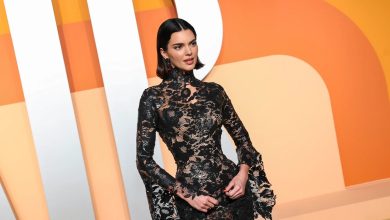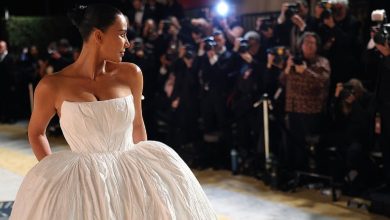Dress Code For Female Olympic Runners

Olympic Runners: In the past, sportswear was more stylish than technical, but over the decades these clothes have become more and more functional.
When women first competed in the 1928 Olympics, they wore loose T-shirts and comfortable shorts, some of which were tied with belts. But those old clothes are not very effective in jumping high hurdles.
Olympic Runners, Long cuts, short shorts, gymnastics leotards, produced by Nike for the 2024 Olympics. Lauren Flashman, a former US track and field runner, says that clothing should be designed in such a way that female athletes can compete comfortably without worrying about revealing sensitive parts of their bodies.
Olympic Runners: Performance And Style

Olympic Runners, In the 2024 Olympics, there aren’t many rules about what runners should wear. According to “World Athletics”, the international governing body of athletics, athletes’ shoes should not have an unfair advantage compared to each other. This means that brands cannot use “evaluation tools” on shoes. Also, the clothes should be clean, with a special design, worn and “not revealing” so as not to leave any objection.
According to CNN, in 1896, the first men to compete in modern Olympic track and field events wore high-waisted shorts, tops and flat shoes. Over time, the sports industry changed the fabrics so that athletes could perform better.
Dobriana Geneva, a professor at the Fashion Institute of Technology in New York and a clothing designer who has worked for Nike, The Northface and Reebok, explains that in the past, sportswear was more stylish than functional, but over the decades it has become more and more functional. . These changes were sometimes accompanied by the addition of fabric to the clothes, and sometimes it meant the removal of fabric for greater comfort and ease of movement.
Olympic Runners, Women also wore simple t-shirts and shorts on the track for many decades after they were allowed to join the Olympic Games, but in the 1960s the clothes became tighter and the cut lines went higher. In the 1980s, short and bikini styles became popular, and today tight shorts, tights, vests, t-shirts, crop tops, and shorts with sweat-wicking and breathable fabrics provide more stretch and show off runners’ muscular bulges.
Geneva says that if you look good, you’re more confident, and that’s likely to help you perform better. That’s the sentiment that’s expressed through the fashion and iconic nails of the world’s fastest woman, Florence Griffith Joyner, and her successors today, including Richardson, who is making her Olympic debut.
Olympic Runners, She says that long cuts boost women’s confidence, but the difference between men’s and women’s clothing is stark. She emphasizes that athletes should have options for more comfort in clothing and we need to go beyond these.
Also Read:
Athlete Brain: Six Differences Between The Brains Of Athletes And Non-Athletes
The Greeks Were Fierce Swimmers; Why Did Swimming Have No Place In The Ancient Olympic Games?




